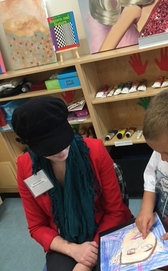
“I don’t know how to draw noses. I want to know how to make my nose push off my face.” (F. in Gr. 1)
“I drew my mouth and it was tipped over like a teeter totter. I want to learn how to draw my mouth so that it is straight and I want to know how to sign my art like an artist.” (J. in Gr. 1)
A quick walk to the Learning Commons for a peek at Miss. Sarah’s own self portrait and a mini lesson on noses and mouths gave them the confidence to persevere with their own creations, just as Picasso says, “to live a creative life we must lose our fear of being wrong.”
Jennifer George (@firgeorge) is an Assistant Principal at Douglasdale School with a passion for early literacy and curriculum that inspires.
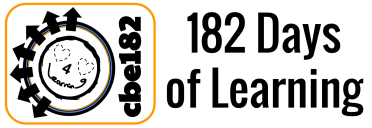
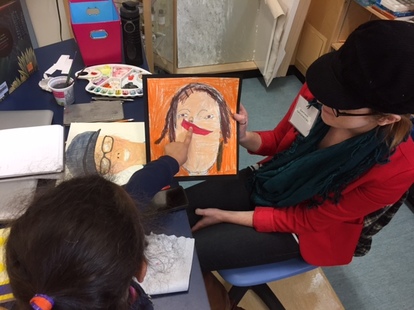
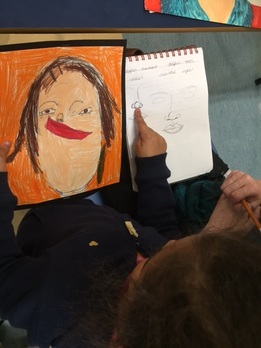
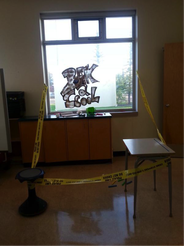

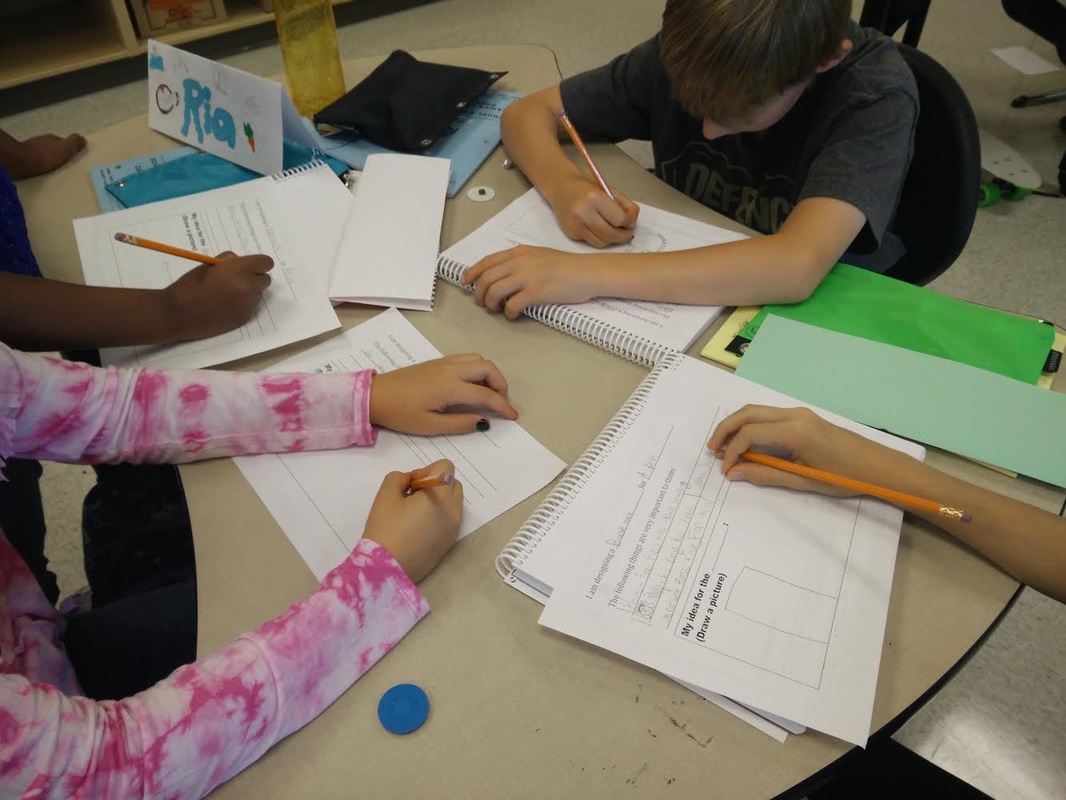
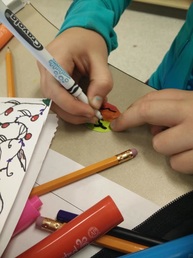

 RSS Feed
RSS Feed
